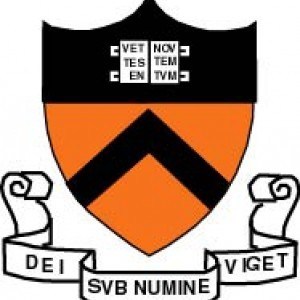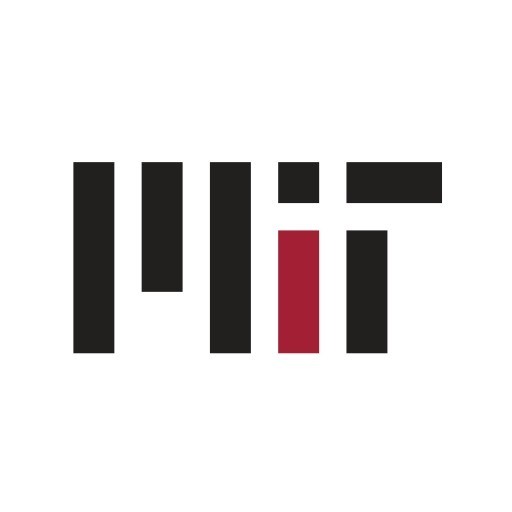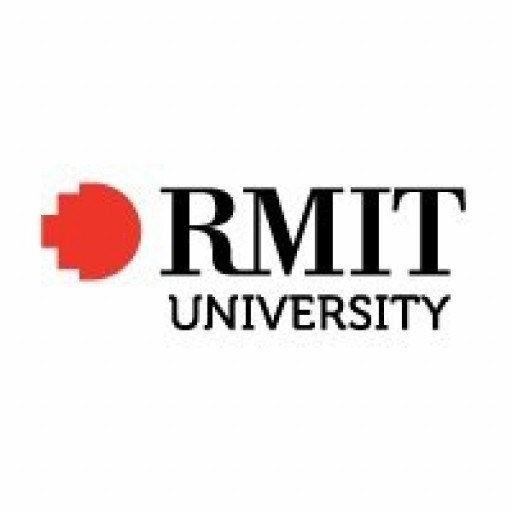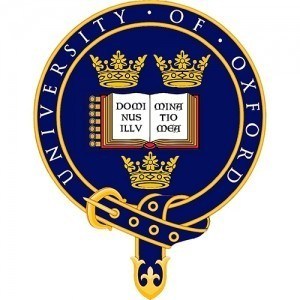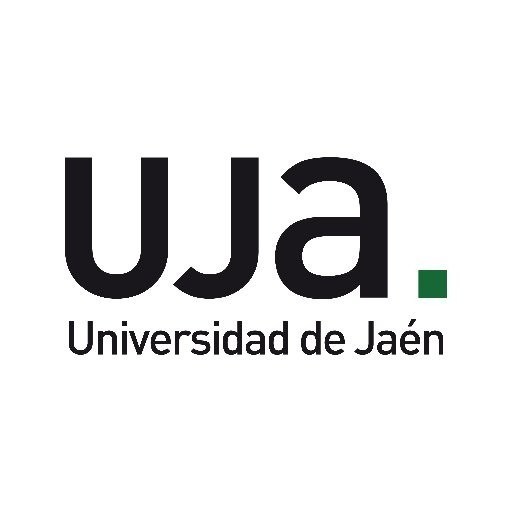Photos of university / #Princeton
The Art and Archaeology program at Princeton University offers students a comprehensive and rigorous exploration of the visual arts and material culture from diverse historical periods and geographic regions. This interdisciplinary curriculum combines the study of art history, archaeology, conservation, and museum studies, providing students with a broad understanding of the ways in which art and artifacts reflect and influence human societies. Through intensive coursework, fieldwork, and research opportunities, students examine the development of artistic styles, techniques, and iconography, as well as the social, political, and cultural contexts that shape artistic production and reception.
The program emphasizes critical analysis, historical interpretation, and methodological approaches in art and archaeological studies, encouraging students to develop their own scholarly voice. Coursework includes the study of ancient civilizations, such as Egypt, Greece, and Rome, as well as medieval, Renaissance, and modern art. Students also gain practical experience in archaeological methods, conservation techniques, and digital imaging technologies. The curriculum is complemented by seminars, exhibitions, and visits to cultural institutions, fostering a hands-on understanding of the fields.
Students enrolling in the Art and Archaeology program have access to Princeton’s extensive collections, archives, and faculty expertise. They are encouraged to pursue independent research, often leading to senior theses that contribute original insights to the discipline. The program prepares graduates for careers in academia, museum work, conservation, cultural resource management, and related fields. It also serves as a solid foundation for further graduate study or professional pursuits in art history, archaeology, and cultural heritage sectors. Through its rigorous academic structure and vibrant scholarly community, Princeton’s Art and Archaeology program cultivates critical thinkers, skilled researchers, and advocates for the preservation and understanding of human artistic and cultural achievements.
Courses:
The graduate program in Art and Archaeology is a five-year program. This five-year period is referred to as “regular enrollment.” Graduate study is carried out within one of seven broad fields: 1) Classical, 2) Byzantine and Medieval, 3) Renaissance and Baroque, 4) Modern and Contemporary, 5) East Asian, 6) Islamic, and 7) African. Students in the Classical and East Asian programs and Islamic will take a total of 15 courses. All other students will normally take four full semesters of course work totaling 12 courses. One half of all of courses will be at the 400 level or higher. If a graduate student chooses to take a 200 or 300 level course within the department, the course will be designated as a graduate-level reading course (700 level). If a student chooses to take a 200-level course outside of the department, the student must show that he/she is performing at the graduate level. Students not in the Classical and East Asian programs are required to take ART 500 or ART 501. Students are expected to take courses with each faculty member within their particular field of specialization. In their first year, all students (other than those in the Classical and East Asian programs) must take at least one course in the department that is culturally and/or chronologically distinct from their main field of study; courses that meet this requirement will be determined in consultation with the director of graduate studies. (The chronological divisions are ancient; medieval/early modern; and modern/contemporary.) Students are encouraged to consult with their advisers in selecting classes in other departments or at other institutions. Students not in the Classical and East Asian programs will choose one of the above fields, and then take two courses selected from among the remaining fields; at least one course must be East Asian, Islamic, or African.
Classical Art and Archaeology Program
Students in the Classical art and archaeology program will take a total of 15 courses, including both Greek and Roman art/archaeology seminars in each of the first five terms (when such seminars are offered). Some of these may be audited, depending on the candidate’s program and course load. Individual programs will be determined in consultation with the candidate’s adviser. Required courses: Greek History Pro-seminar (Classics), Roman History Pro-seminar (Classics), one 300-level literature course in Classics (i.e., a text-based course in either Greek or Latin) and one “reading” course, presumably at the beginning of year three, devoted to preparing the dissertation prospectus. The total of 15 courses will, ideally, include: nine seminars in Art & Archaeology, including one course in East Asian, Islamic or African, two Greek & Roman History Pro-seminars (both for credit); one Classics 300-level literature course; one dissertation reading course; and two electives. As a general rule, elementary language courses will not count toward the 15 mandatory courses.
East Asian Art and Archaeology Program
The Department of Art and Archaeology and the Department of East Asian Studies cooperate to offer a program at the graduate level. This program aims to combine East Asian studies with the history of art and museum training. The student must register with the Department of Art and Archaeology in order to participate in this program, typically with a focus on either China or Japan. Students in the East Asian Art and Archaeology program will take a total of fifteen courses, including both Japanese and Chinese art and archaeology seminars and, as well, courses in cognate East Asian Studies fields. Students are encouraged to take at least two non-Asian courses (as part of the required fifteen) in the Department of Art and Archaeology. Individual programs will be determined in consultation with the candidate’s adviser. Requirements for students in East Asian specializations outside the regular Chinese and Japanese tracks are set in consultation with Program faculty. Elementary language courses may, at the discretion of the adviser, count towards the fifteen required courses.
Language(s):
Students in all fields except the Classical art and archaeology and the East Asian art and archaeology programs must satisfy the department’s language requirements by passing a reading proficiency exam as soon as possible after enrolling, standing for at least one exam early in the first term, and completing all language requirements before taking the general examination. Students will be expected to take one of the exams offered by the Department of German and the Department of French and Italian each fall semester; other relevant language exams are arranged through the department. The graduate secretary will inform students when the language tests will be held. An examination from another institution does not fulfill the Princeton requirement.
Those who fail to pass this exam (and only those) may petition to take a comparable exam offered by the department in the spring. Please note that passing an exam in a language course taken during the academic year or over the summer will not satisfy the departmental requirement. This applies both to courses offered at Princeton and by other institutions. Exception: Only students who take the summer German course and pass its final exam will have met the department’s requirements in that particular language.
Classical
A candidate for the Ph.D. in Classical art and archaeology is required to show proficiency in and a reading knowledge of German, as well as another modern language appropriate to the student’s special field; language examinations shall be arranged by the department. As a general rule, elementary language courses will not count toward the 15 mandatory courses.
East Asian
A candidate for the Ph.D. in Chinese art and archaeology is required to show proficiency in classical and modern Chinese, and a reading knowledge of Japanese. A candidate for the Ph.D. in Japanese art and archaeology is required to demonstrate proficiency in classical Japanese and/or kanbun, as appropriate to the candidate's specialization, and modern Japanese, and a reading knowledge of Chinese or a European language. Elementary language courses may, at the discretion of the adviser, count towards the fifteen required courses.
Islamic
Arabic, a second Middle Eastern language and French or German.
Elementary language classes do not count toward the fifteen required courses.
African
African research language and French or German, to be determined in consultation with adviser. Elementary language classes do not count toward the twelve required courses.
All Other Fields
German and one other language, normally a Romance language. Elementary language classes do not count toward the twelve required courses.
General Exam:
The general examination is designed to ascertain a student’s general knowledge of the subject. Students in the Classical and East Asian programs and Islamic normally take the general examination at the end of the third year, and for all others at the end of the second or the beginning of the third year. Before scheduling of the examination may take place, students must have finalized all incompletes and language requirements.
Examinations are normally held during a stated 21-day period in October or January, or during a five-week period in April and May. A student’s examination committee consists of three or more members, at least two of whom shall normally hold the rank of assistant professor or higher on the faculty of Princeton University. Any external examiners must be of comparable standing in the scholarly community. Examination committees in Classical, East Asian, Islamic, and African normally include faculty from other departments. For all others, examination committees are normally composed of departmental faculty members. For additional description of the general examination in the Classical and East Asian programs, see below. For all others, the general examination consists of one six-hour written and a two- to three-hour oral session. If a student fails the general examination, he/she may be recommended to stand for reexamination within a year. If unsuccessful the second time, degree candidacy automatically terminates.
Classical Art and Archaeology Program
Typically, students in the Classical Art and Archaeology program spend the first two and a half years in class work. General examinations are usually taken in the latter half of the third year. The general examination tests the candidate in the following areas: Greek and Latin sight exams, Prose only (administered by Classics), eight-hour written general examination in Greek and Roman archaeology, four-hour written examination devoted to the general area of the dissertation and a two-hour oral examination covering materials related to both written exams.
East Asian Art and Archaeology Program
The general examination, which normally takes place no later than May of the third year, is set jointly by the two departments. It is designed to test the candidate’s ability to integrate general, topical, and area knowledge in related fields chosen from the two departments. It consists of a first-day examination in the general field of Chinese and Japanese art history and archaeology, with approximately six hours of writing in response to questions submitted by Department of Art and Archaeology faculty; a second-day examination in the field of the student’s dissertation, with questions and length to be determined by the student’s principal advisor; and a third-day examination in a related area of East Asian studies given by a faculty member in the East Asian studies program with whom the student has studied; the faculty member determines the questions and length.
Qualifying for the M.A.:
The Master of Arts (M.A.) degree is normally an incidental degree on the way to full Ph.D. candidacy and is earned after a student successfully completes all course and language requirements, and passing a portion of the general examination: for students in Western art, the written portion of generals; for East Asian art, the general and East Asian studies fields; and for classical archaeology, the eight-hour written general field. It may also be awarded to students who, for various reasons, leave the Ph.D. program, provided that these requirements have been met.
Teaching:
Teaching is viewed as an integral part of a distinguished graduate program, and students are encouraged to acquire teaching experience as teaching assistants. Students in their first year of graduate work, however, are not encouraged to teach. In extraordinary cases they may be allowed to do so, although the final determination of eligibility remains with the department chair and the director of graduate studies. Students who do precept are offered a one-time reduction in their course load equivalent to one seminar.
Dissertation and FPO:
The Ph.D. is awarded after the candidate’s doctoral dissertation has been accepted and the final public oral examination sustained.
- Application Fee: $90
- Statement of Academic Purpose
- Resume/Curriculum Vitae
- Recommendation Letters
- Transcripts
- Fall Semester Grades
- Prerequisite Tests
- English Language Tests
- GRE
- Sample of written work. Applicants are required to select a subplan when applying.
The Art and Archaeology program at Princeton University offers students a comprehensive education that combines rigorous academic coursework with diverse funding opportunities. Undergraduate students can benefit from a range of financial aid options, including need-based grants, scholarships, and work-study programs, designed to make a world-class education accessible regardless of financial background. The university's Office of Financial Aid provides personalized assistance to help students identify suitable funding sources and navigate the application process.
Graduate students pursuing advanced degrees in Art and Archaeology are also supported through various fellowships and assistantship opportunities. These include research assistantships, teaching assistantships, and university fellowships that provide stipends and tuition coverage. Applicants are encouraged to apply for external funding sources such as government scholarships, private foundations, and arts organizations, which can supplement university aid packages.
Princeton University emphasizes its commitment to providing financial support throughout the duration of students’ academic careers. The university’s financial aid policies aim to reduce debt burdens and promote accessibility for talented students from diverse socioeconomic backgrounds. Students are advised to contact the Financial Aid Office early and explore all available grants and scholarships to fully understand their funding options.
In addition to institutional resources, students may seek external funding from arts and archaeology-specific foundations, cultural heritage organizations, and government arts agencies. Such external grants can cover research expenses, travel, conference participation, and fieldwork, enriching the academic experience. Overall, the financing studies component at Princeton’s Art and Archaeology program ensures that students can focus on their scholarly pursuits, supported by a robust and equitable financial aid framework.
The Art and Archaeology program at Princeton University offers students a comprehensive and interdisciplinary education in the study of art, architecture, and material culture from ancient to modern times. The program is designed to develop a deep understanding of visual culture through rigorous coursework that combines the history of art and archaeology with critical analysis, historical context, and cultural appreciation. Students have the opportunity to study works of art and archaeological sites from diverse regions, including Europe, Asia, Africa, Oceania, and the Americas, fostering a global perspective on artistic traditions and cultural developments.
The curriculum includes introductory courses in art history and archaeology, as well as specialized seminars focusing on specific periods, regions, and themes. Students are encouraged to engage in active research, critical discourse, and fieldwork, often collaborating with faculty on archaeological excavations or art historical projects. The program emphasizes analytical skills, visual literacy, and methodological approaches, equipping graduates with the tools necessary for careers in academia, cultural heritage management, museums, galleries, and related fields.
In addition to classroom learning, students benefit from Princeton’s extensive resources, including world-class museums, libraries, digital archives, and research centers dedicated to art and archaeology. Opportunities for internships and study abroad programs provide practical experience and exposure to international art markets and archaeological sites. Faculty members are distinguished scholars with expertise in diverse areas such as ancient Mediterranean art, Islamic art, Asian art, modern and contemporary art, and archaeological theory.
The program often culminates in a senior thesis or capstone project, allowing students to conduct original research under faculty supervision. Interdisciplinary collaboration is highly encouraged, enabling students to integrate insights from history, anthropology, archaeology, conservation science, and other disciplines to deepen their understanding of material and visual culture. Graduates of the program are well-prepared for further academic study, careers in cultural preservation and curation, or roles within non-profit and government agencies dedicated to heritage protection and education. The program’s flexible structure and rigorous academic standards make it a top choice for students interested in exploring the rich complexity of human artistic and archaeological achievements.
